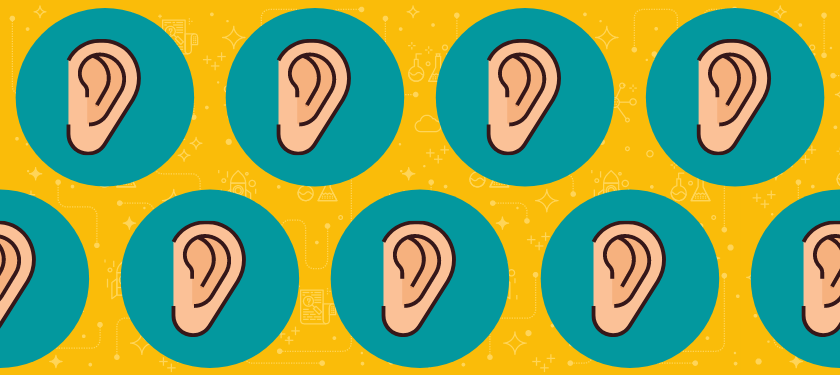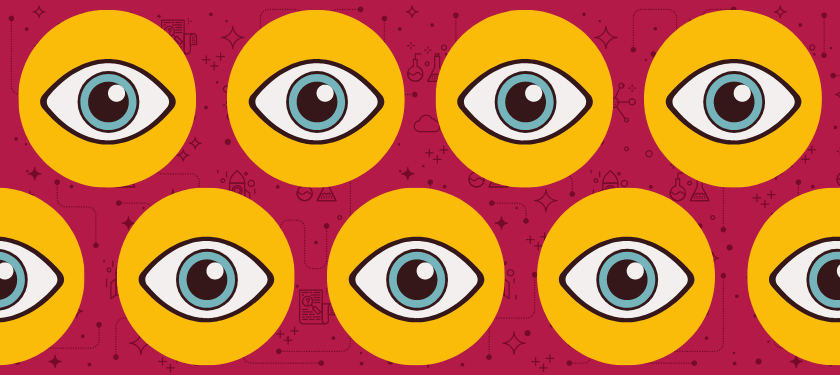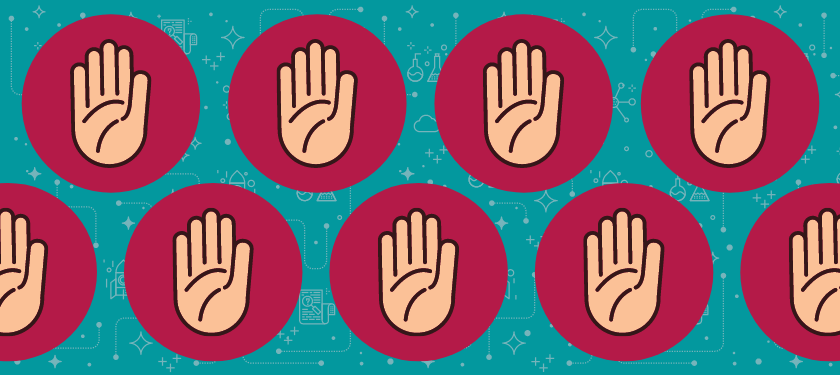
Do you use podcasts as a learning tool for your kids?
If not, here’s why you might want to consider adding it to the mix.
They’re an awesome screen-free educational activity for kids of all ages. They’re engaging, entertaining, and cover a multitude of topics.
Now, if you have a child that learns better through visual or kinesthetic teaching, you might dismiss podcasts as a possibility.
They’re a fairly new player in the educational realm. Video, worksheets, textbooks, hands-on activities — those are the methods we usually see employed by teachers, tutors, and curriculum companies.
These are all excellent choices. But, there is a noticeable lack of resources for auditory learners.
Podcasts help fill that gap.
However, they’re an incredibly versatile medium that can work for all learning styles with a few adaptations.
They work very well as a standalone resource, but when paired together with some of the methods listed down below, they become a powerful tool in your teaching toolbox.
Podcasts can be used in the classroom and at home to supplement learning in every subject.
Today, we’re going to break down how you can adapt podcasts to work for your child — no matter their learning style.
Pro tip: If you don’t know your child’s learning style, here’s a little bit more info to help you figure it out. This knowledge will serve you — and your child — well throughout their entire lives.
Here’s how you can make podcasts work for auditory, visual, and kinesthetic learners.
Auditory Learners

Well, given that podcasts are in audio format, they are perfect for auditory learners. Though they work well on their own, here are a few tidbits for helping the information really stick.
- Have your kids tell you, in their own words, what they learned from what they just heard. Keep it light. Have a casual conversation. This isn’t always necessary, but some podcasts lend themselves well to chatting about afterward.
- Give them control over the audio so they can pause, rewind, and playback as many times as necessary.
- Find audio on topics that really interest your child. This is easy to do with Pinna’s wide selection of podcasts and audiobooks. As with reading, don’t get hung up so much on what they’re listening to. Just encourage them to have fun and keep going. Listening to audio builds important skills like vocabulary, comprehension, and critical listening.
- Listen to audio every day. For example, brush up on vocabulary with HiLL-LaRRy-uS Word of the Day each morning while they brush their teeth. Listen to a new episode of 5 for 5 Trivia to kick off your homeschool day. Turn car time into listening time with a new segment of an ongoing story like Dream Breachers or Mackaroy Uncovered (these are so good, they’ll be begging for just 5 more minutes!). Wind down at night with Pinna’s Peace Out. Whatever you do, if you make listening to audio a regular part of their routine, it’ll become a treasured family tradition.
Visual Learners

Podcasts may not seem like the obvious choice for visual learners. But, don’t let that deter you. Audio can absolutely work well for visual learners with just a few tweaks.
- Find podcasts with a video component. When kids hear AND see what’s being said, it tends to stick a little better.
- Pick podcasts that are engaging and draw the listener in. If you’re expecting your child to listen to a dry, monotone speaker, you definitely won’t see the results you’re hoping for. Pinna has a large selection of podcasts that feature a whole cast of talented narrators, realistic sound effects, and magnetic storylines that keep kids coming back for more.
- Add in show notes or worksheets for a visual help solidify the message. Create your own or check out Pinna’s vast selection of resources for educators.
Kinesthetic Learners

Podcasts are a great choice for kids who learn best by doing. The key is movement. Keep the body busy so the brain can fully engage. Here are some things you can do to help kinesthetic learners get the most out of audio.
- Give kids a basket of fidget toys — fidget spinners, Rubik’s cube, bouncy balls, slime, etc. — to keep hands busy while listening.
- Let kids listen while doing other things — chores, showering, riding in the car, etc. This is multitasking at its finest.
- Provide paper and pencil so kids can doodle or take notes while listening.
- Check out Pinna’s resources for educators for worksheets and other hands-on activities to go with each show.
- As recommended with visual learners, make sure the audio is entertaining. If it doesn’t pique their interest, kids will tune out and miss what’s being said.
The Wrap-Up
You’ll see quite a bit of overlap in the above recommendations — and that’s for good reason.
Kids don’t necessarily fit into perfectly square boxes. They may be a combination of more than one learning style...or even a mix of all three.
Many of these tips work well for all kids — making sure podcasts and audiobooks are engaging, giving them the freedom to move around and fidget, letting them listen to what interests them, and offering hands-on activities to go with the audio.
Keep these in mind and you’ll find that podcasts are an invaluable tool both at school and at home.
We’re all ears!
What creative ways have you adapted podcasts for your young learners? We’d love to hear from you! Find us on all our social platforms – Facebook, Instagram, Twitter, and Pinterest – or email us at contact@pinna.fm.

 Amy Thetford
Amy Thetford